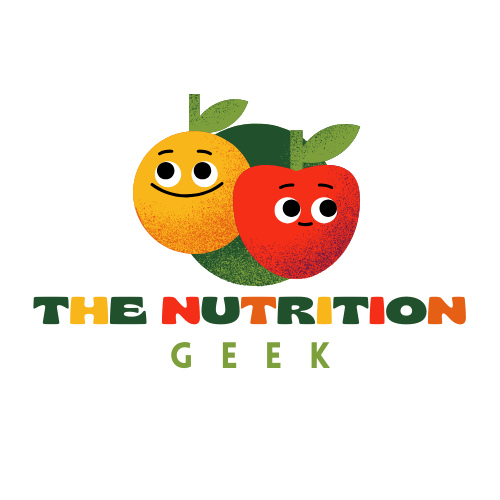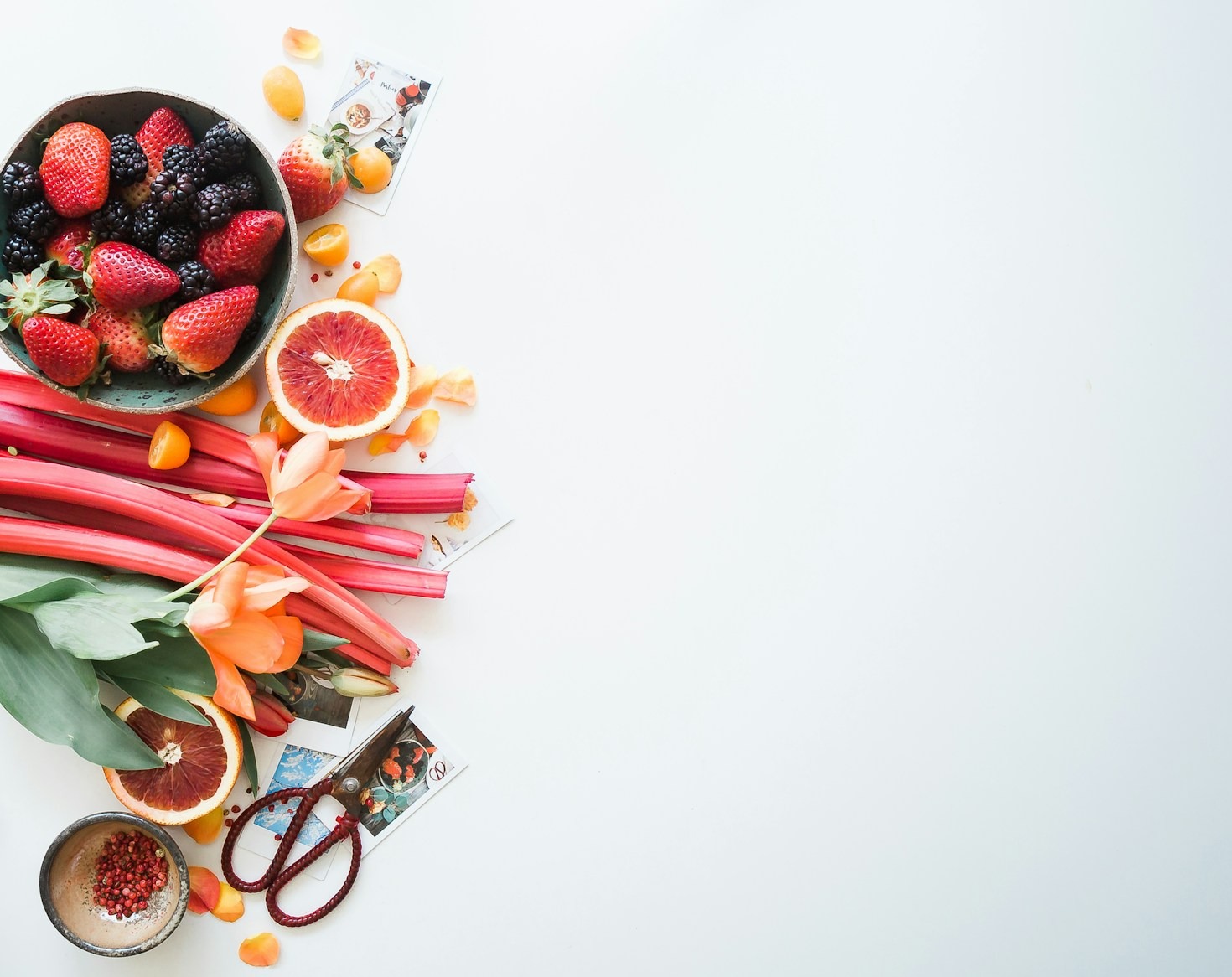Are Expensive Superfoods Worth the Buzz? Let’s Get Real
Kale smoothies, açai bowls, chia pudding—superfoods dominate health trends, promising everything from eternal youth to boundless energy. But are these pricey ingredients truly nutritional powerhouses, or just clever marketing? Let’s separate fact from fiction.

The Truth About Popular Superfoods
- Kale: Yes, it’s rich in vitamins A, C, and K. But spinach offers similar benefits at half the cost.
- Quinoa: A complete protein? True. But brown rice or lentils provide comparable nutrients for less money.
- Açai Berries: High in antioxidants, but so are blueberries and blackberries—without the imported price tag.
- Chia Seeds: Loaded with fiber and omega-3s, but flaxseeds are a budget-friendly alternative.
The problem? Superfoods are often singled out as “magic bullets,” overshadowing affordable, locally available options.
Nutrient Density on a Budget
You don’t need exotic ingredients to eat well. Try these swaps:
- Instead of goji berries: Carrots and sweet potatoes are loaded with beta-carotene.
- Instead of maca powder: Oats and almonds provide sustained energy without the hype.

The Bottom Line
A healthy diet is about variety, not VIP ingredients. Focus on eating colorful fruits, veggies, whole grains, and lean proteins—no passport required. Superfoods can be part of a balanced diet, but they’re not essential. Save your cash and savor the simplicity of real, whole foods.

